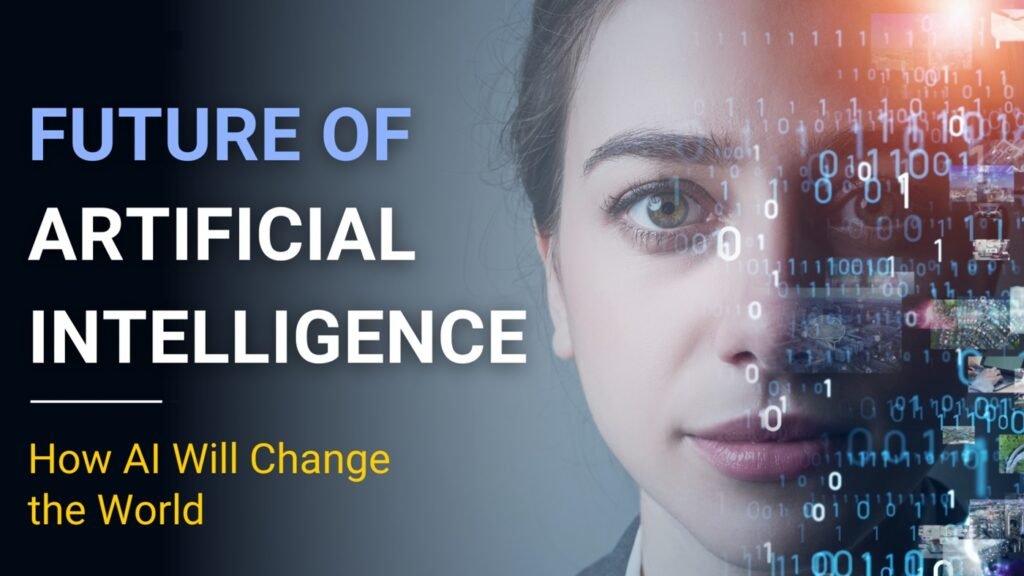Introduction: Artificial Intelligence (AI) has rapidly evolved, becoming an integral part of various aspects of our lives. As we stand on the cusp of the future, the question looms: What’s next for AI technology? This article ventures into the realm of speculation, exploring potential future developments in AI and contemplating their profound impact on society.
1. Advancements in Explainable AI: Unraveling the Black Box
Description: The opacity of AI decision-making has been a challenge. This section delves into the future development of Explainable AI (XAI), shedding light on how machine learning models arrive at specific conclusions. The ability to interpret and explain AI-generated decisions is poised to enhance trust, facilitate regulatory compliance, and drive broader adoption across industries.
2. AI-Powered Personalization Reaching New Heights
Description: Personalization, already a hallmark of AI applications, is set to become even more nuanced. This section speculates on the evolution of AI-driven personalization, where algorithms not only understand individual preferences but also adapt in real-time to changing user behaviors. From content recommendations to product suggestions, AI will continue to refine and elevate personalized experiences.
3. Ethical AI and Responsible Innovation Taking Center Stage
Description: As AI technologies advance, so does the awareness of ethical considerations. This section explores the future of Ethical AI, where responsible innovation becomes a primary focus. Anticipated developments include standardized ethical frameworks, comprehensive guidelines, and increased accountability to ensure AI is developed and deployed with societal well-being at the forefront.
4. Integration of AI with Augmented Reality (AR) and Virtual Reality (VR)
Description: The fusion of AI with Augmented Reality (AR) and Virtual Reality (VR) holds immense potential. This section speculates on how AI will enhance immersive experiences, making virtual environments more adaptive and responsive. From personalized simulations to AI-guided interactions, the integration of these technologies could redefine the way we learn, work, and engage with our surroundings.
5. AI in Edge Computing: Bringing Intelligence to the Edge
Description: Edge computing, with its focus on processing data closer to the source, is a natural partner for AI. This section envisions the future of AI in Edge Computing, where intelligent decision-making happens in real-time at the device level. This not only reduces latency but also opens new possibilities for applications ranging from IoT devices to autonomous vehicles.
6. Quantum Computing Transforming AI Capabilities
Description: Quantum computing holds the promise of revolutionizing AI capabilities. This section speculates on how the unparalleled processing power of quantum computers could exponentially accelerate AI tasks, solving complex problems that are currently beyond the reach of classical computing. Quantum AI may lead to breakthroughs in optimization, machine learning algorithms, and simulations.
Conclusion: Predicting the future of AI is an exercise in envisioning possibilities, and the trajectory points toward a future where AI becomes more transparent, personalized, and ethically aligned. As AI seamlessly integrates with emerging technologies like AR, VR, Edge Computing, and Quantum Computing, the potential for transformative innovations across industries becomes increasingly tangible. The key lies in steering these advancements responsibly, ensuring that AI continues to enhance human experiences while navigating the ethical considerations that accompany its ascent into the future. The road ahead is one of continual exploration and adaptation, with AI poised to play a pivotal role in shaping the landscape of tomorrow.




